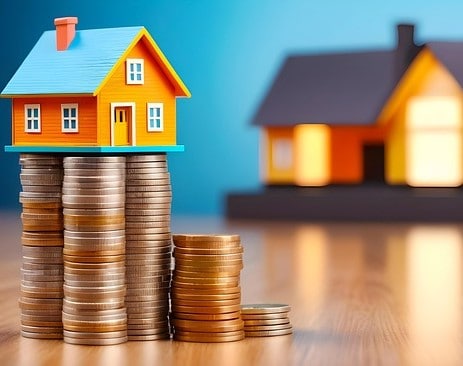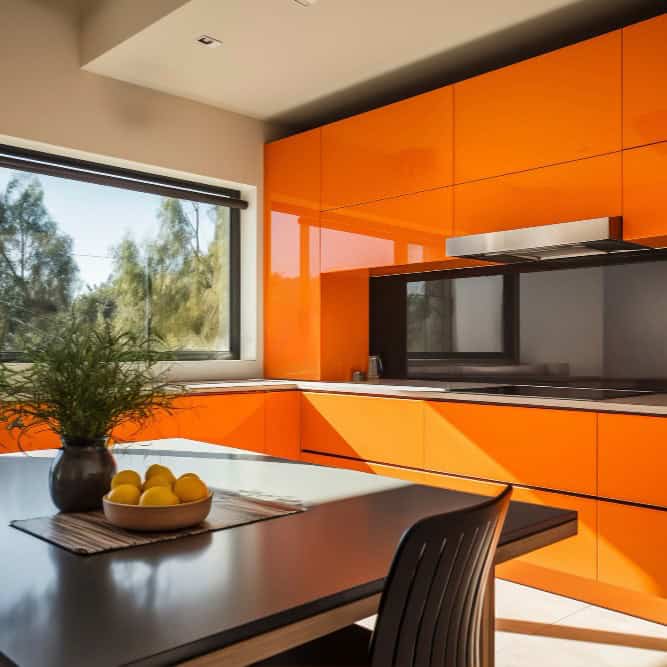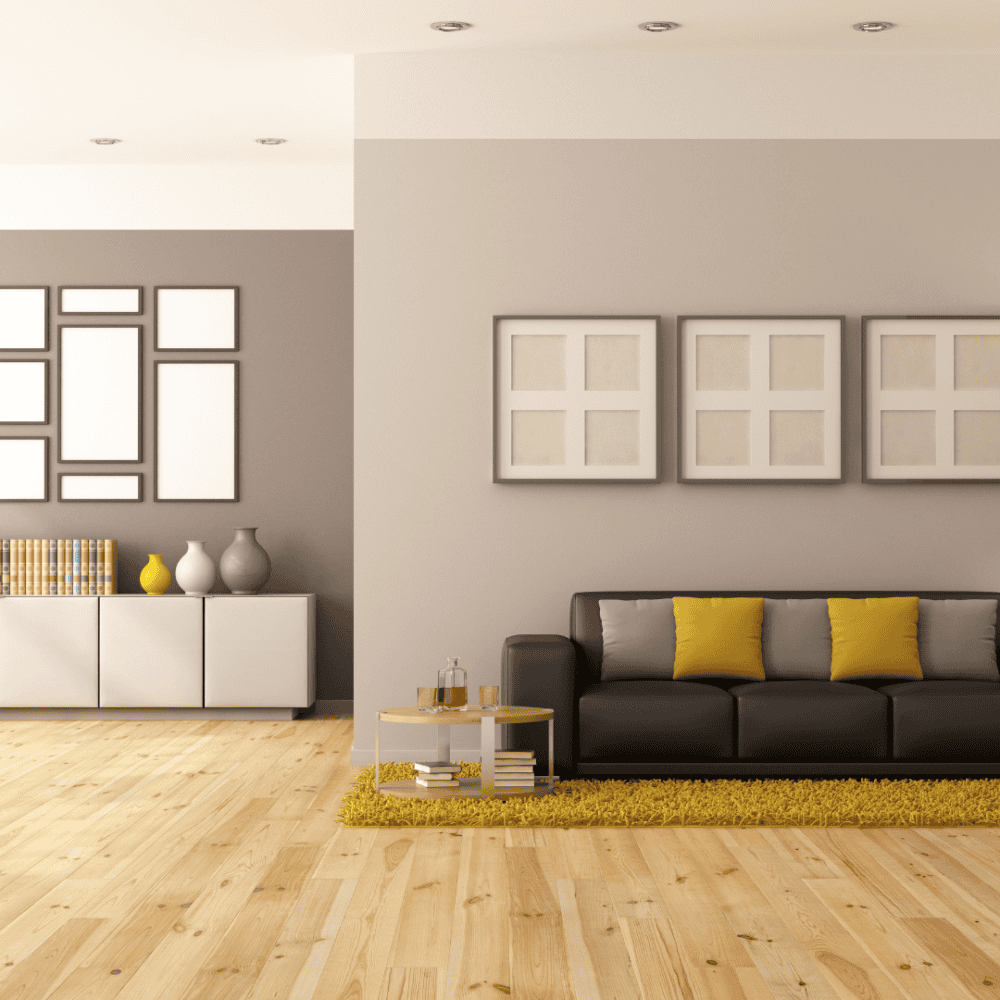Maximising Minimalism: When “Less” Truly Means “More”
Table of Contents
We are buried. In problems, in deadlines, and on top of it all, in things and in distractions. In the quiet noise of excess that has become so familiar, we barely notice it anymore. It’s the chair no one sits in, the drawer filled with tangled cords we’ll never use, the five sets of dishes for a household of two.
We collect, accumulate, and justify. All while silently carrying the weight of it.
Minimalism isn’t about empty rooms or echoing walls. It’s about creating space where it matters—space to breathe, to think, to feel. A minimalist life isn’t devoid of richness; it just chooses not to drown in it.
Designing for Depth, Not Display
A minimalist home doesn’t need to be cold or sterile. In fact, the best minimalist spaces feel deeply intentional. Warm, lived-in, and oddly liberating.
One carefully chosen piece of art speaks louder than a gallery wall of trends. A soft linen sofa with no scatter cushions invites a kind of peace that can’t be bought at a department store. And let’s not get started on the power of well-chosen lighting. Natural light filtering through slatted wooden blinds creates a quiet rhythm in a room that no overhead bulb ever could. Good design in minimalism is never an accident. It’s restraint, practised daily.
The Myth of Storage as a Solution
Here’s a hard truth: If you’re always trying to find more space for your things, you probably have too many things.
Clever storage hacks? Sure, they work. Eventually, even the most organised chaos will still be chaos. Minimalism asks a different question: Do I even need this at all? Often, the answer is no. And that “no” is powerful. It’s freedom from needing more containers, more shelves, more clever tricks to manage a life too full of stuff we don’t use or love.
Time, Energy, and Decision Fatigue
Minimalism isn’t only about physical clutter—it’s about cognitive clutter too.
Every object in your space asks something of you. Clean me. Organise me. Decide if I’m still worth keeping. Multiply that by a few hundred items, and you begin to understand why you’re so mentally exhausted.
Minimalism cuts the noise. It reduces decisions. It returns energy to you that was previously being drained by things you weren’t even aware were draining you. The impact is subtle, then sudden. You start sleeping better. You feel calmer. You notice more. That’s the invisible benefit no one markets.
A Minimalist Life is Not a Deprived Life
Living with less is not a punishment. It’s not a sacrifice. It’s a recalibration of value.
You still have beauty in your life—just more of the kind that matters. The coat you truly love, not five you tolerate. The book you re-read every year, not the 60 that sit unread. Minimalism means you stop surrounding yourself with stand-ins and start engaging with the real thing.
And the funny part? The fewer things you own, the more you actually use them. Joyfully.
Minimalism for Real Life, Not Instagram
Forget the curated snapshots of blank white walls and one lonely succulent. That’s not real minimalism. That’s aesthetics masquerading as meaning.
Real minimalism works even when it’s not pretty. It holds up under stress. It adapts to families, busy schedules, and imperfect people. It’s not a finish line; it’s a mindset. And it’s forgiving. You don’t have to be perfect. You just have to be honest about what’s adding value—and what’s quietly siphoning it away.
Start Small. But Start.
Don’t overhaul your whole life in a weekend. But start somewhere.
One drawer. One surface. One item you’ve been pretending to like. Let it go. See how it feels. Then do it again tomorrow. Minimalism doesn’t demand speed. It rewards intention.
Because when “less” is rooted in truth—not trend—it becomes a doorway. To clarity. To control. To a quieter kind of joy.
And that kind of “more” is worth everything.



